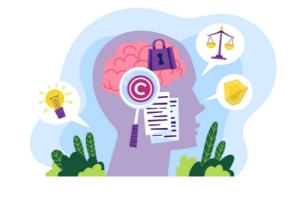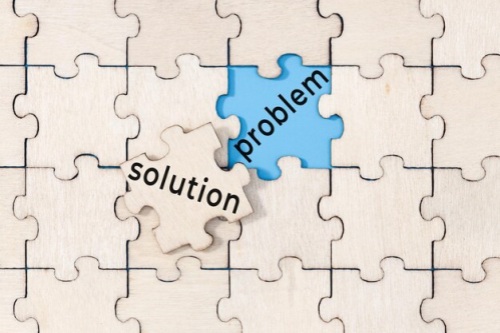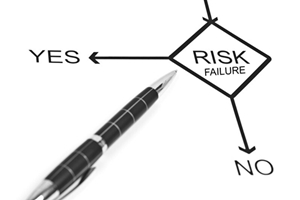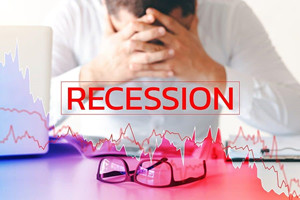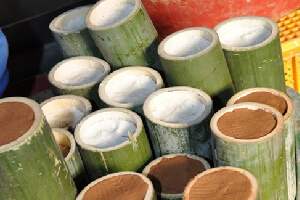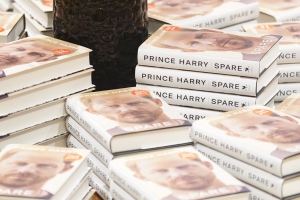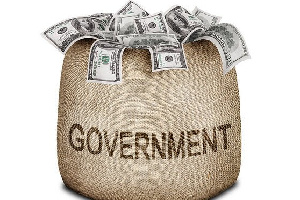What Is the IMF?
Hey there. This is Joyce, an economist at the IMF, and this time we are talking about the IMF.
Today, I want to address a question I’ve been getting from many people, including my own family and friends. What exactly is the role of the IMF? And why does it matter?
First of all, no connection to the “Mission: Impossible” movies. We are not the fictional spy agency known as “Impossible Mission Force” – although we are happy to share in the IMF name. Also, we are a little bit older than Tom Cruise.
In fact, the IMF was founded in 1944, when World War II was still raging. Countries were keenly aware of the need for international cooperation, including an international organization to promote economic and financial stability.
Think of the IMF as one big credit union, where our member countries deposit their resources and from where they can also borrow. So, what does the IMF do?
Our work is actually focused on three key areas. We conduct economic research and offer policy advice. We provide financial support. And we help countries build their institutional capacity.
Let’s start with policy advice. At our headquarters in DC, our teams gather, produce, and share data to analyze the economies of our 190 member countries. We also advise governments and exchange information with them on a continuous basis. Then at least once a year or two, we also have the pleasure of going to most of the countries we work on.
Now, you may think we only meet the central bank and the ministry of finance. In fact, we meet with stakeholders as varied as NGOs, academics, private-sector firms, climate-action entities, fintech firms, and anti-corruption offices. All of these meetings give us a well-rounded, bird’s-eye view of each economy.
Being in the field also allows us to get a sense of each country’s culture, customs, and, when we’re lucky, the wonderful foods.
We then put together the analysis of each of the countries and produce the regional and global economic outlook reports. Our holistic view of so many countries allows us to compare policies and take into account how each country’s choices impact others.
Let’s move on to lending. The IMF is a so-called “lender of last resort” – meaning that we stand ready to lend to countries, and to take on countries’ risks even when markets are not willing to, or especially when markets are not willing to. Is this risky? Yes. But we do this for many reasons. Most importantly, because economic crises carry high costs for people. They can cause unemployment and loss of purchasing power and savings. When the IMF lends, we also support economic reforms in the recipient countries. These are designed by its government with IMF assistance, to ensure that the country exits in a stronger economic position.
Let me end on capacity development. If IMF lending reminds people of, at times, emergency room doctors, our capacity development is a physical therapist who helps countries strengthen their institutions and policymaking. Over 160 countries receive direct assistance from the Fund to advise and build capacity for their institutions.
We also provide extensive training for public officials. The technical assistance work, like all of the IMF’s work, is usually hands-on, pragmatic and designed with each country’s circumstances in mind. The areas of focus range from public financial management to social spending and frontier topics like digital currencies.
And that’s it for today. Be sure to continue sending us your questions to AskAnEconomist@IMF.org and see you next time.


